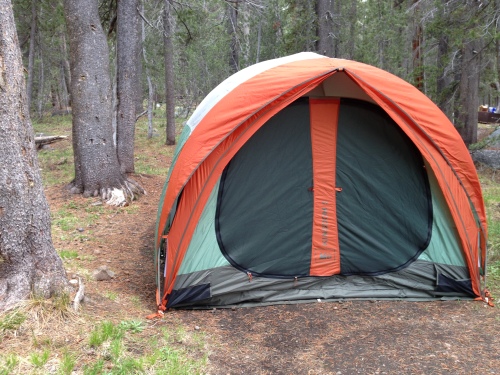This is the seventh in a series of articles in which I share my methodology for crafting a story, which I hope is both interesting and informative. Last week, I wrote about kutsavi, an important trade good among the tribes east and west of the Sierra Nevada. This week, I turn to the California Gold Rush.
In my research of the Gold Rush, I consulted many historical texts: The Age of Gold, by H.W. Brands; The World Rushed In, by J.S. Holiday; Roaring Camp – The Social World of the California Gold Rush, by Samuel Lee Johnson; They Saw the Elephant – Women in the California Gold Rush, by Jo Ann Levy.
I immersed myself in the material to put myself in a position to give the reader a flavor of the period in the context of a story. New Garden’s main character, Jack Grier, marries the daughter of a wealthy Mexican after the Mexican War. Jack’s father-in-law funds a miners’ supply company, Sierra Dry Goods, which Jack operates in California. Very few miners prospered during the Gold Rush; a number of suppliers became very wealthy. Thus, the story sets up Jack for success. When he arrives in Monterey, California, he finds most of the locals have left to search for gold (New Garden, p. 93):
“All of the men have left for the gold fields.”
Father Jesus only slightly overstated the truth. The old men and young boys had remained in Monterey. Any able-bodied man with a horse or a mule headed northeast toward the Sierra Nevada. Others walked or rode with friends. The Presidio’s enlisted men, with no legal authority and under no legal obligation to serve in California, abandoned their posts. Their officers soon joined the gold rush.
Ship captains were warned to avoid the port of San Francisco for fear of losing their crews. It happened so often that many abandoned ships were converted to lodging or warehouses. Jack and his partner Eli worry about how gold fever will affect their prospects (New Garden, p. 99):
Jack and Eli could not manage the supply venture by themselves. Before leaving Mexico, Jack had recruited thirty-two American army veterans to work for Sierra Dry Goods in California. **** Cortes warned Jack that he might lose his men to gold fever. It was this fear, not the usual seasickness, that rocked Jack’s stomach as the ship docked in San Francisco.
Suppliers’ costs were high and their profits even higher. Once Jack’s venture gets underway, the story illustrates the miners’ desperation and begrudging acceptance of the suppliers’ high prices (New Garden, p. 103):
“That’s highway robbery, mister. I ain’t buyin’ what I don’t need.”
Delmar Reed, the same age as Jack, looked ten years older after a summer in the diggings. He wore the pale blue wool britches and matching shirt Jack recognized as a United States infantry uniform, with the private’s stripe removed. He had replaced his blue forage cap with a wide-brim straw hat after baking his neck half the summer under the California sun. Summer temperatures frequently hit one hundred degrees in the diggings. His hair and beard, coal black and gritty, reeked from dirt, grit, and sweat. The loose soles of his army-issue boots flapped whenever he walked.
“Suit yourself,” said Jack. “You don’t have to buy and I don’t have to sell. The prices will only go up the closer I get to Sonora.” ****
“I reckon I don’t have much choice, do I?”
Many miners gave up after losing everything, often relying on a loan or passage paid from a relative back home. In the story Jack recruits a skilled carpenter to come to work for him at his hacienda in Carmel Valley, but only after the man has exhausted all hope of gaining his fortune (New Garden, p. 107):
He had tired of living in squalor, chasing the whisper of the Gold Siren’s song: Just a little longer, Miguel. Just down the river, Miguel. Just up the creek, Miguel. Just over the hill. Others have found me and become rich. Why not you?
Please consider a longer read. New Garden is available on line from Amazon, Apple, and Barnes & Noble. Each website includes a “look-in” feature with the first few chapters of the novel. In Greensboro, NC, the novel is available at Scuppernong Books and the Greensboro Historical Museum Bookshop.
The stand-alone sequel, Trouble at Mono Pass, is available at the same locations. It is also available at the Mono Lake Tufa State Reserve (Lee Vining) gift shop, the Mono Lake Committee Bookstore (Lee Vining), and the Donner Memorial State Park Bookstore (Truckee, California).



